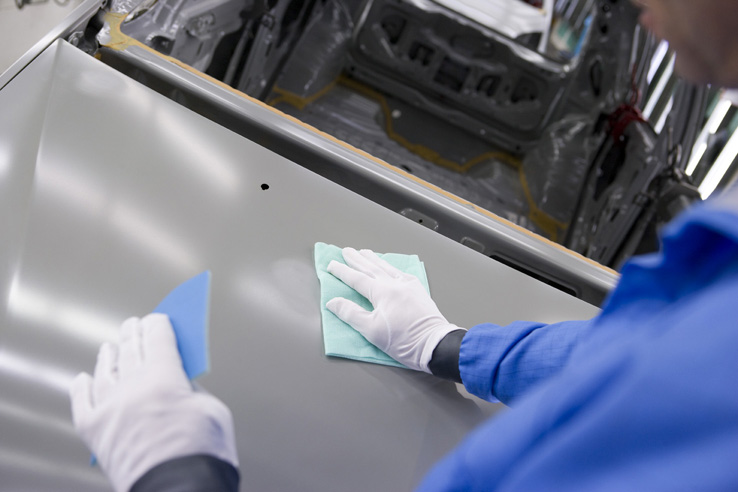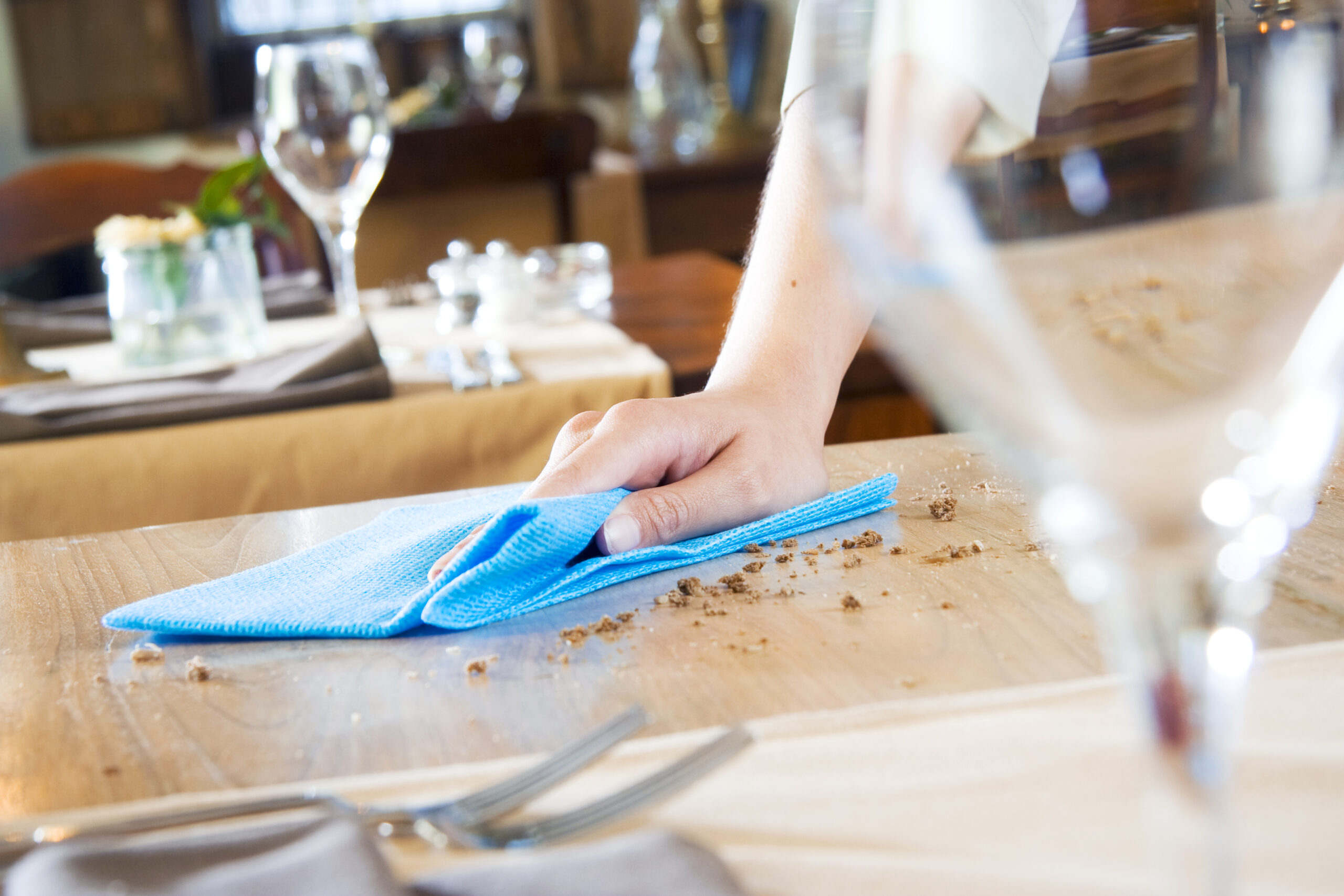Cleaning has come a long way since the days of using old rags and cloth pieces. In the modern world, we have access to more efficient and eco-friendly cleaning solutions that not only save time and money but also reduce waste. So, if you’re still clinging to the age-old tradition of using rag wipes to clean, it’s time to reconsider.
In this blog, we’ll explore why you should make the switch to more efficient cleaning alternatives and how it can benefit you, especially in industrial sectors, including automotive and aerospace.
History of using rags to clean
Rags have a long history as cleaning tools. They were readily available, inexpensive, and could be repurposed from old clothing and materials. From cleaning floors to wiping down surfaces, rag wipes have been the go-to choice for centuries. However, as times have changed, so have our cleaning needs and environmental concerns.
The downside of using rags
While rags may seem like a cost-effective solution, they come with hidden costs and inefficiencies. Let’s break it down:
Costs: A bale of rag wipes may appear inexpensive at first, but when you consider that there are approximately 100-120 pieces per bale, the cost per piece still averages around 7p. This is considerably more expensive when compared to reusable non-woven cleaning materials in the long run.
Waste: Rags are difficult to dispose of due to their contact with hazardous chemicals. Not only can this be expensive, with hazardous waste disposal ranging between £300 to £500 per tonne, but it also means more CO2 as they are usually incinerated.
Storage: Rag wipes take up a lot of space. Four 10kg bags of rag wipes can take up to 8 times more space than one large roll of non-woven cleaning material. This inefficient use of storage space can be a headache for businesses.
Weight: Saturated rags are heavy. In fact, a saturated rag can weigh ten times more than a saturated non-woven wipe. This added weight can make handling and disposal more challenging.
The solution: non-woven cleaning wipes
Benefits of using non-woven wipes
Now that we’ve highlighted the downsides of using rags, let’s explore the benefits of switching to non-woven cleaning wipes, especially those from our steadfast range (110).
More efficient, more cost-effective
Firstly, non-woven cleaning wipes are more efficient and cost-effective than rag wipes. Non-woven wipes are designed for efficiency and are highly absorbent, meaning they can clean surfaces with ease, so you get the job done faster and with less effort. And, while the initial cost of non-woven wipes might seem slightly higher than rag wipes, the cost per use is significantly lower. These wipes are incredibly durable and can be used multiple times before disposal, making them a cost-effective choice in the long run.
Environmentally friendly
One of the most significant advantages of non-woven wipes is their environmental advantage over traditional rag wipes. Steadfast wipes generate significantly less waste compared to rag wipes, helping you reduce your carbon footprint. By making the switch, you can cut down on your waste by up to 80%, which is a significant contribution to environmental conservation. We recommend the Sontara EC Green plastic-free wipes.
Easy storage and disposal
Non-woven wipes take up minimal storage space and are lightweight, even when saturated. What does this mean? A single large roll of non-woven material can replace several bags of rag wipes, freeing up valuable storage space in your facility – and, Steadfast Wipes can be handled and disposed of more easily due to their weight.
Rags are no longer the practical choice
In today’s world, where efficiency and environmental responsibility are paramount, using rag wipes to clean is no longer a practical choice. The benefits of switching to non-woven cleaning wipes, like our Steadfast range, are clear. They are more efficient, cost-effective, eco-friendly, and space-saving.
So, if you’re still using rags to clean, it’s time to make a change. By embracing modern cleaning solutions, you not only improve your cleaning process but also contribute to a cleaner and greener planet. Say goodbye to the old ways and hello to a more efficient and sustainable future in cleaning.
If you’re interested in trying non-woven wipes from our Steadfast Range to see the advantages for yourself, you can order a free sample here.






